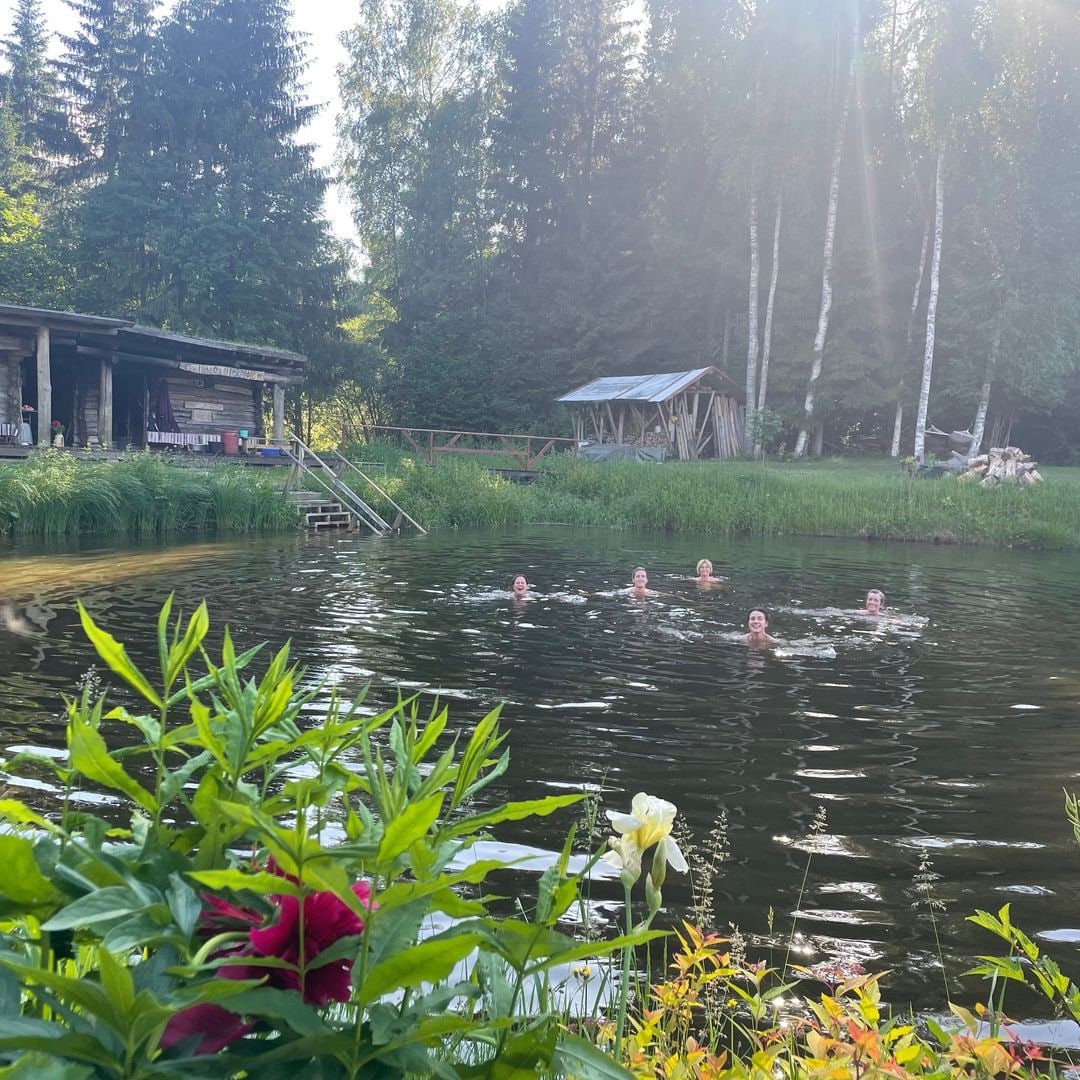The aurora borealis: named for Aurora, the Roman goddess of the dawn, and Boreas, the Greek god of the north wind, the bringer of winter, even the name of this atmospheric phenomenon conjures magical images. Couple this with the limited duration and geographical distribution, as well as the unpredictable nature of the effect, and to be a witness to the show becomes almost an honour. This year, though, NASA have predicted that the skies will be charged with increased magnetism, making the Northern Lights more active, and promising a record show.
The dancing green lights of the aurora borealis are most active in late autumn and into the winter, and can be seen in the Arctic and Antarctic polar regions, usually confined to a circle of about 2,500 kilometres around the magnetic poles. But even in the 'high season' the effect is unpredictable and it's impossible to guarantee a sighting. NASA has been monitoring the auroral activity, however, which has increased steadily over the last few years and is all set to reach a 50-year peak, making 2012 a great year to set sail in search of the Northern Lights.
The northernmost coast of Norway, off Troms and Finnmark, is an area of high auroral activity, although Nordland, farther south, also boasts good possibilities of sightings. Although the lights can be seen from land, to see them over the sea adds yet another dimension to the experience, and the cruise company Hurtigruten offer numerous sailings from November through to mid-March with the theme “Hunting the light”. These trips are geared towards seeing the aurora, and passengers aboard the ships will learn more about the phenomenon as well as enjoying other activities.
Aurorae have captured people's imaginations since ancient times and were once associated with dancing spirits unleashed by the wrath of the gods. It wasn't until early last century that the Norwegian scientist Kristian Birkeland connected the green flame-like phenomenon with the sun. Birkeland postulated that there was a connection between the lights flickering in the sky and the activity on the sun's surface, theorising that charged particles of energy are ejected at high speed from the sun's surface and attracted towards the Earth's poles by the planet's magnetic field; the colours are due to the collision of particles causing energy to be absorbed, and vary according to the type of particle and the exact nature of the collision. Birkeland is known as the first space scientist and received seven Nobel nominations for his innovative theories.
Whatever the scientific facts behind the aurora, it remains one of Nature's most awe-inspiring shows, justifying Hurtigruten's boast of "the most beautiful sea voyage in the world". Now, with the predicted record auroral activity, 2012 is set to be a year where there's an extra dose of magic in the air.
Further information: Hurtigruten 'Hunting the light' Cruise Norwegian Tourist Board








